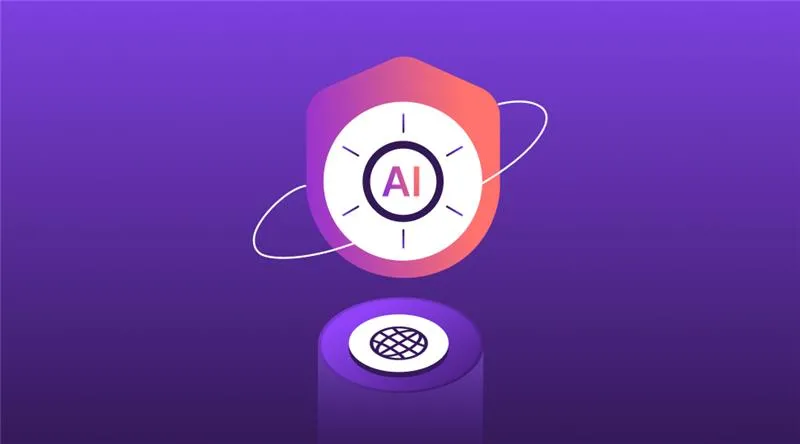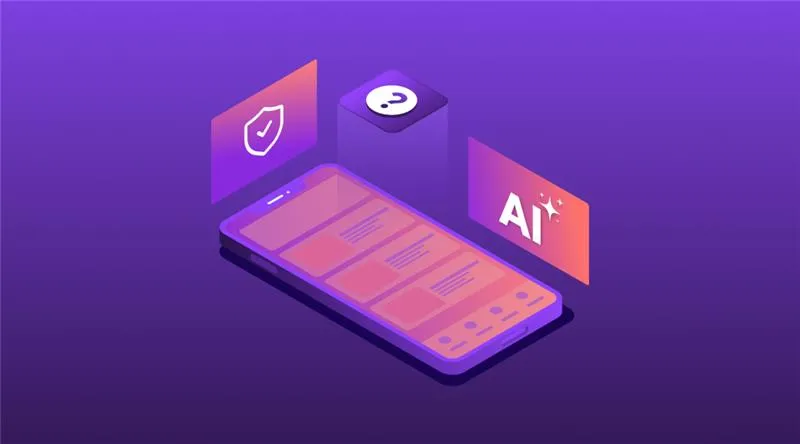Technology

6 min

Discover valuable tips to enhance your Flutter app development process and create high-quality mobile applications that stand out. Learn about useful tools, best practices, and key considerations to make your Flutter development experience successful.

By Quokkalabs LLP
20 Sep, 2021
With multi-frontal technology advancements happening in industries dealing with mobility solutions, security threats related to user data & application networks are becoming increasingly frequent.
Such deceptive attacks are always a pain for a growing enterprise, as a security issue can tarnish the brand's image. Mobile app security thus becomes quintessential; it is a process of testing and examining an application to ensure that mobile apps and APIs are secure from potential attacks.
Often, organizers need to be more capable of adapting their security protocol to mitigate emerging threats. Unfortunately, the tools used to develop top-tier mobile apps, by their very nature, are the same tools used to exploit their vulnerabilities! By default, your app has access to the files in the app's sandbox directories; the user rights never allow external editing of in-system files(stored on the user's device). Nevertheless, one or more errors (called bugs in the DevOps world) can always penetrate while designing complex mobile applications, causing gaps in protection mechanisms.
Usually, user-chosen usernames and passwords are more prone to get hacked and hence: stolen passwords and accounts. MFA implementation seeks different secure ways of signing in to deflect any uncommon sign-in attempts. Here we enlist some popular processes:
Most of them work in 2 stages:
The enrollment process enables the user to set up the multifactor authentication:
After enrollment, the user is logged in as follows:
Giving the user multiple methods for authentications (TOTP, Email, Push Notification, SMS Text) can induce a better customer experience in your mobile app - resulting in better User Retention.
Caching data locally is one of the most popular ways mobile apps use to improve customer experience and efficiency. But it also comes with a significant drawback: locally, caching data makes it much more prone for hackers to breach and decrypt the cache data to steal users' account information.
App data can include not only cached data as well as other chunks of information saved earlier. These can consist of a user's login information, preference settings within the app, etc. The data being compassionate, it's a far more wise option to have a password to access the application, which reduces the security vulnerabilities associated with cached data.
Caching HTTP data is a foolish exercise. Developers should also refrain from caching web data, especially HTTPS traffic. The body, or chiefly the page header, may store user login credentials, hence crucial to attack. Also, many Android and IOS systems are now capable of remote data wiping techniques: the user doesn't have to manually delete the cache every time they log into your app.
The best way is to implement Enterprise Device Swipe. Setting a device swipe as your enterprise security solution, you can selectively delete your business-related content without touching the user's personal information.
Client-side injection results in the execution of malicious code on the client side, which is via the mobile app. Generally, this malicious code is provided as data that the user unintentionally inputs into your mobile app.
This particular data forces a context switch during processing, and the framework reinterprets the data as executable code. While the " best-case" scenario will have the malicious code with the same scope and access permission, in the worst-case scenario, the code executes with privileged permissions and a much greater extent leading to much more significant damage potential, including data theft, access to data storage (most mobile applications use SQLite engine for storing app data), account hacking and more.

To reduce the chances of a client-side injection, as a basic guideline, one should look into the following:
Data stored on the device User sessions Mobile application interfaces
Now let's learn about the Android and ioS-specific practices for preventing client-side injections.
Having embraced the three most important mobile app security practices, we should remember that however robust your application code and structure are. Attackers are constantly engaged in finding one way or the other to breach.
Mobile app testing reduces risks, tests potential vulnerabilities, and examines software to ensure that an application or a feature is safe and meets adequate security compliance. Most often, cybersecurity experts use a variety of tests and strategies to monitor vulnerabilities to assess the security of a mobile app. The experts often simulate repeated near-realistic cyberattacks to understand and identify potential risks. The mobile app is examined, and the entire back-end of the system, supporting framework, and the APIs get engineered and modified occasionally.
With the growth of the digital ecosystem, Mobile App Security has become a bare necessity. Suppose you are concerned about your mobile app security & want even a security audit of your application. In that case, you can consult our top developers at Quokka Labs , who are committed to developing Hack Free Mobile Apps by following the best security measures. No application is safe enough to combat Malware & Security Breaches - a simple mistake could cost your company a vast amount of money, & on top of that - you will lose a lifetime of trust.
Cloud-Based Web App Architecture: The Blueprint for Scalable Systems
By Sannidhya Sharma
5 min read
Generative AI for Product Design - Turning Ideas into Interactive Prototypes
By Dhruv Joshi
5 min read
Most Popular Web App Frameworks for Building Scalable Apps
By Sannidhya Sharma
5 min read
Web App Development Languages - Which Stack Fits Your Business Needs
By Dhruv Joshi
5 min read

Technology

7 min
Generative AI is moving fast into enterprises, from banks to hospitals to government agencies. Adoption is rapid, but security planning lags. Unlike traditional systems, these models can be exploited through prompt injection, poisoned data, or manipulated to leak sensitive information. They are also misused for phishing, deepfakes, and malicious code.


Technology

7 min
AI-powered Web Application Firewalls (WAFs) go beyond static rules by using machine learning, anomaly detection, and predictive analysis to block zero-day threats, reduce false positives, and protect APIs at scale. Unlike traditional WAFs, they self-learn, adapt in real time, and cut operational costs while improving compliance and trust.


Technology

5 min
AI is redefining mobile app security by transforming how threats are detected, tested, and prevented. From continuous monitoring and fraud detection to compliance with regulations, AI ensures apps remain resilient against modern risks. This means safer apps, protected users, and stronger businesses. Investing in AI-driven security today builds trust, drives growth, and secures long-term competitive advantage.


Feeling lost!! Book a slot and get answers to all your industry-relevant doubts